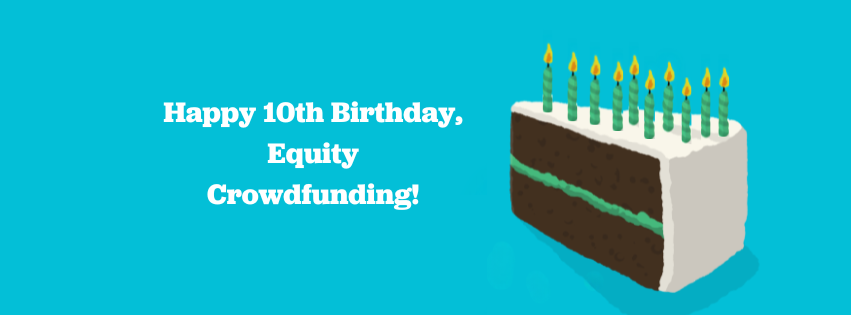Our friend, Raf Manji, Christchurch City Councillor and progressive banker, shares his thoughts on how the financial system is broken and how crowdlending can help to create a more supportive and sustainable marketplace between borrowers and lenders.

One of the great opportunities for crowdlending or peer to peer (P2P) lending is that it can create a form of agency that does not currently exist in the lending marketplace. P2P is generally an unsecured form of lending, between individuals, where the amounts lent are usually small scale and distributed over a number of borrowers, in order to spread risk. As it becomes more sophisticated, lenders are starting to focus more on credit ratings and scores and use data to discern whom best to lend to. This is starting to drive a shift in interest rates and how those are calculated, with lower rates for better risks.
But what if lower rates actually lessened the risk of non-payment and default? I have just finished reading a very familiar story, where a borrower took on a short-term loan for an unexpected family need, and ends up being bankrupted. What kind of financial system promotes that? Well, sadly ours does. The need for short-term loans, outside a traditional borrowing format, such as a mortgage, can often be the straw that breaks the back of highly indebted borrowers. However, this straw is not the loan itself but the outrageously high interest rate that is attached. I would argue it is the unreasonably high interest rates (by that I mean anything over 20%) that cause default, not the actual loan itself. In other words, the default outcome is baked into the deal from the beginning.
We hear stories all the time of how a small loan balloons into an unpayable debt, and bankruptcy arrives soon after. Why would any rational lender promote this approach? Well, the interest rates are so high that they actually do get the principal back and a reasonable rate of interest, prior to the loan going bad. One might ask, why don’t they just charge a manageable and reasonable rate of interest in the first place, and not cause such personal misery to those least able to afford the loan?For me this comes down to the ethics of finance. Those who have easy access to capital, benefit both from lower rates and higher returns. The current financial system is heavily weighted against those who are not engaged in the tax-free housing Ponzi scheme and who rely purely on basic wages to survive. The low-grade “instant finance” lending system that services this end of the market is parasitic and unconcerned as to the outcomes they create. They argue they are providing capital to those who are unable to access traditional bank lending. That’s true and raises issues about our mainstream banking system. They would also argue that they price interest rates according to the poor credit of the borrowers. Of course their credit is poor! They live on wages and are often already in debt. The strain of that debt simply compounds away, with stagnant wages no match for the power of compound interest.
So far so bad, but what does P2P have to offer in this space? I would venture that it can offer a new form of ethical lending. This ethical lending is about the broader concept of helping people out, as you might do for a friend, not simply profiting from someone’s short-term cash squeeze. I would argue a lower interest rate would not only probably increase the likelihood of the loan being repaid but would be a fairer cost for the money provided. How interest rates of 20% plus (standard even for credit cards) can be charged, in an environment where, to all extents and purposes, the cost of money is negligible, is simply wrong. I propose that we look at creating an interest rate system where the rate falls each time a repayment is made. So where the initial rate may start off at a high level (I think 20% should be an absolute maximum), it reduces by a certain amount, for example, a half to one percent, after each payment, until it comes towards a reasonable level. How these numbers are crunched remains open.
The beauty of open, peer-focused and distributed systems like PledgeMe, is that they can experiment and iterate new ideas and findings, in order to reach an optimal outcome. For me, that outcome is where lenders make reasonable returns and borrowers pay reasonable and manageable costs for borrowing money. The current lending system is completely inequitable and broken and one of the jobs of PledgeMe has is to fix that and redraw the relationship between lender and borrower. No pressure!
Like a little piece of coal, we shine under pressure!


